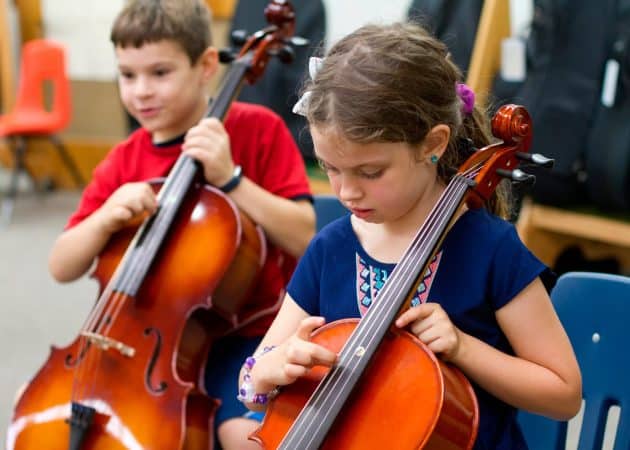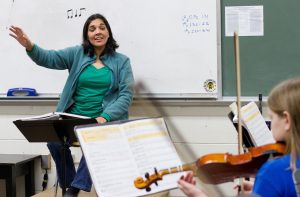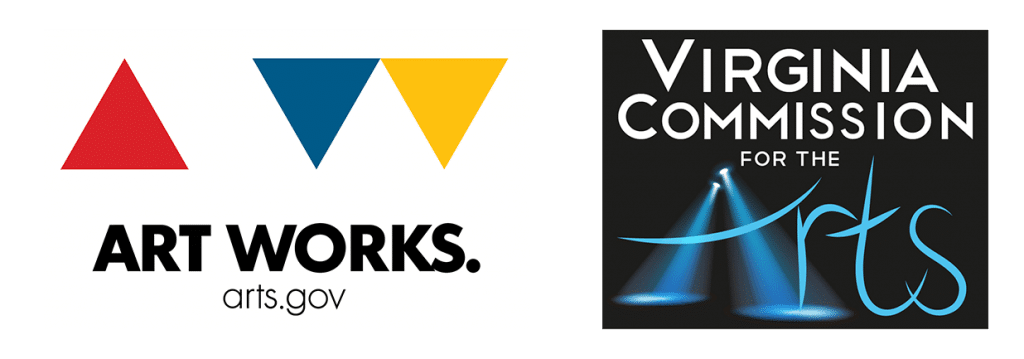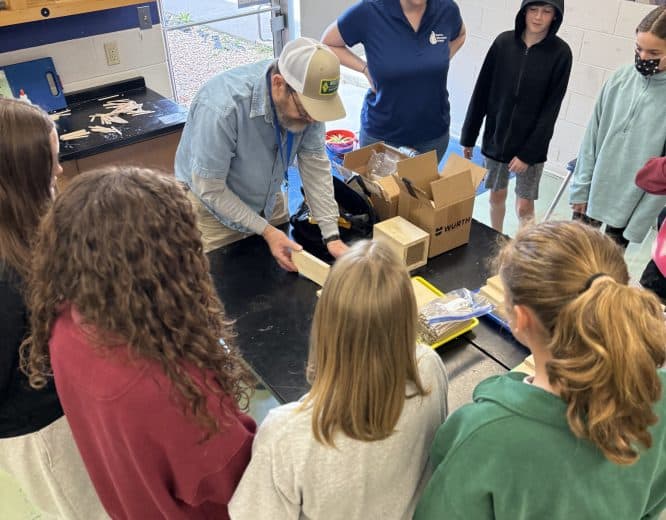First graders will study violin or cello at EMS this fall

Violin or cello lessons — taught in English, Spanish and Italian — will be part of every first grade student’s studies twice a week at Eastern Mennonite School beginning this fall.
The new strings program is the result of a $3,000 grant from the Virginia Commission for the Arts. Lessons will be taught by Maria Lorcas, Eastern Mennonite School music teacher, who has taught privately and coached strings for 25 years.
“Playing an instrument at an early age enhances a child’s quality of life,” says Lorcas. “Student musicians develop body coordination, abstract thinking and the ability to follow instructions.”

Maria Lorcas, originally from Venezuela, will teach the elementary strings lessons in Spanish, English and Italian.
Lorcas — who earned her master’s degree in music performance from Carnegie Mellon University and is originally from Venezuela — will teach the lessons using a modified version of the Suzuki method with instruments donated by Tiller Strings of Harrisonburg, Virginia.
The first year is a pilot program with first grade only, says Maria Archer, K-8 principal at the school. “We are incredibly fortunate to have someone of Ms. Lorcas’ experience and passion to launch our program,” says Archer. By starting with grade one and adding a new grade each year, as funding permits, every grade K-5 will have a string class by 2022-23, Archer anticipates.
The grant proposal, written by Lorcas and Archer, has a goal of teaching kindergarten through second graders violin and cello in Suzuki group classes, while third through fifth graders will study violin, viola and cello in ensemble settings. This will create a “‘symphony orchestra culture,’” Lorcas says, “strengthening our position as a regional leader in performing arts education.”
Eastern Mennonite School has a music emphasis dating back to its founding 100 years ago. Choral music was emphasized from the beginning, with instrumental music added in later years. Currently, more than 50 percent of middle and high school students play an instrument at school.
Artists in Education grants support K-12 programs that enhance arts instruction in the school curriculum and support the training of professional artist and educators to work with elementary and secondary students.




